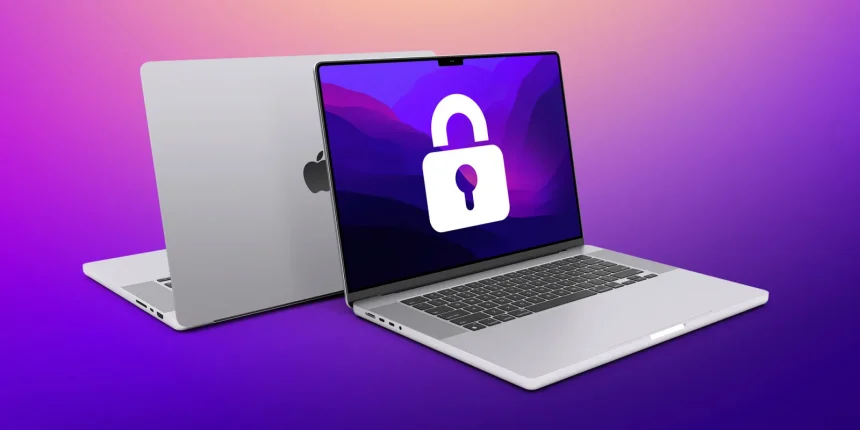What is Ransomware?
Ransomware is a type of malicious software designed to block access to a victim’s data, typically by encrypting files, and demand a ransom payment in exchange for the decryption key. This form of malware poses a significant threat to individuals and organizations by disrupting access to critical information and potentially causing financial and reputational damage.
PWN3D Ransomware: Overview and Functionality
PWN3D Ransomware is a sophisticated variant of ransomware that encrypts files on an infected system and demands a ransom for their release. Once installed, PWN3D operates by encrypting files with strong encryption algorithms, rendering them inaccessible without the decryption key.
Installation and Actions
PWN3D typically infiltrates systems through malicious email attachments, deceptive download links, or vulnerabilities in software. Once executed, it starts encrypting files and appending a specific extension to the encrypted files, such as .pwn3d. This file extension signals that the file has been compromised and is no longer accessible without decryption.
The ransomware also creates a ransom note, which is usually a text file named README.txt or similar. This note provides instructions for paying the ransom, often in cryptocurrency, to obtain the decryption key. The note emphasizes the urgency of payment and threatens the permanent loss of files if the ransom is not paid within a specified period.
General Purpose and Threat
The primary purpose of ransomware like PWN3D is to extort money from victims by holding their files hostage. The threat posed to an infected system is significant: critical data becomes inaccessible, and the victim faces potential loss of important files and financial loss due to the ransom demand. The term “ransomware” reflects the nature of the attack, which revolves around demanding a ransom for the release of encrypted files.
Symptoms of PWN3D Ransomware Infection
Symptoms indicating a PWN3D infection may include:
- Files on the system have been encrypted and now carry a
.pwn3dextension. - A ransom note has appeared on the desktop or in multiple directories.
- Inability to open or access previously accessible files.
- Slowed system performance or erratic behavior.
Detection Names
To identify if PWN3D ransomware is present on your system, look for detection names such as:
- PWN3D
- Ransom:Win32/PWN3D
- Trojan:Win32/PWN3D
Similar Threats
Be aware of other ransomware threats that may exhibit similar behavior, including:
- Locky Ransomware: Known for encrypting files and appending
.lockyextension. - Cerber Ransomware: Encrypts files and uses
.cerberextension. - WannaCry Ransomware: Notorious for its wide-spread impact and use of
.wncryextension.
Removal Guide for PWN3D Ransomware
Step 1: Disconnect from the Internet
- Immediately disconnect your computer from the internet to prevent further encryption and communication with the attacker’s servers.
Step 2: Boot into Safe Mode
- Restart your computer and enter Safe Mode by pressing
F8orShift + F8during startup. This prevents the ransomware from running and allows you to perform cleanup steps.
Step 3: Run Anti-Malware Software
- Download and install a reputable anti-malware tool like SpyHunter. Run a full system scan to detect and remove PWN3D ransomware and any associated threats. SpyHunter offers a free scan to identify the malware.
Step 4: Manually Delete Ransomware Files
- After scanning, manually search for and delete any remaining ransomware files and the ransom note, usually found in directories such as
Documents,Desktop, orDownloads.
Step 5: Restore Your Files
- If you have backups of your encrypted files, restore them after ensuring that the ransomware has been completely removed.
Step 6: Update Software and System
- Ensure that your operating system and all software are up to date with the latest security patches to prevent future infections.
Step 7: Change Passwords
- Change passwords for any accounts that may have been exposed during the infection.
Preventing Future Ransomware Infections
To protect against future ransomware attacks:
- Regularly update your operating system and software.
- Use strong, unique passwords and enable two-factor authentication where possible.
- Avoid opening email attachments or clicking on links from unknown or suspicious sources.
- Maintain regular backups of important data and ensure backups are stored securely offline.
Final Note
For a thorough and effective cleanup, consider using SpyHunter. It offers comprehensive protection and a free scan to help identify and remove PWN3D ransomware from your system.





